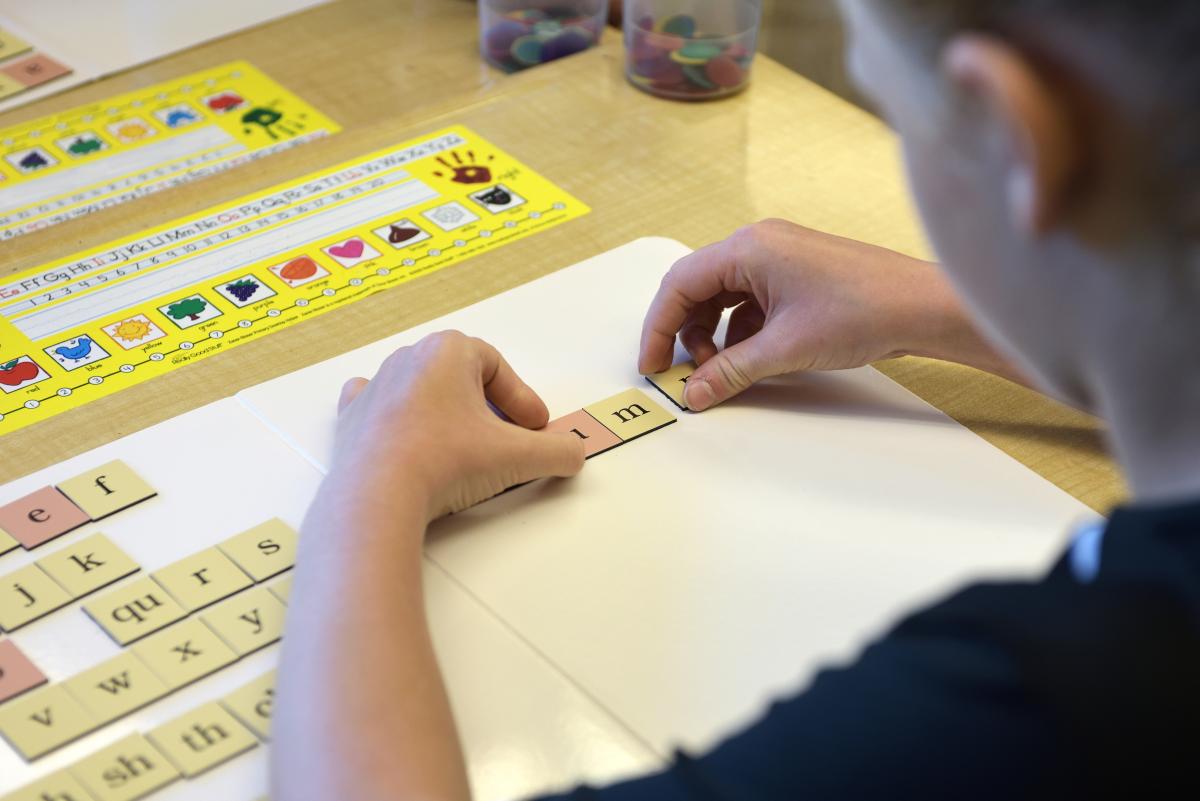
Staff Spotlight: Kristy Ilg
October 14, 2022
Early Warning Signs of Dyslexia
October 28, 2022
When a child has ADHD, a frequent recommendation is to set aside a specific time every week to plan the schedule for the coming week.
The purpose of the schedule is to help the youngster (and family) be more organized and accomplish the tasks that need to be done in a timely fashion.
Having an appreciation for the passage of time is a major challenge for anyone with attention weaknesses and for young children too. If your family is habitually late, chores don’t get done, homework is forgotten, and you feel like a “nag”, then using a posted schedule could be the cure.
During the weekly schedule planning time, discussion takes place about the special events that are happening in the coming week. You would talk about which parent may be out of town, the projects due for school, sporting events happening this week. Each person’s daily chore, homework time, practices and free time are also discussed. That information is noted on the week’s schedule along with a time when the task will be done.
There are several ways to set up this schedule, and there are tons of free schedule templates available online. Here are a couple easy formats we like:
Some families use a large dry erase board. Family members have their own marker color. Each day is written across the top, Monday through Sunday. Down the left side the time is noted beginning with wake-up time (6:30 am for example) and ending with bedtime (10:00 pm). The day of the week and time could be written in permanent marker. For example, if Joy sets the table at 5:30 on Monday, that would be written on the schedule in green (Joy’s color).
Another system would be a weekly schedule for each person with days of the week across the top and times written along the left side of the paper. For family members who are pre-readers – pictures will also work.
Now, instead of telling the child exactly what they are supposed to be doing at a given time, you prompt them to check their schedule. So at 5:35 on Monday you would prompt Joy to check her schedule if she has not started to set the table. If someone wants to know the time for dinner, when Mom will be home, when they can go to a friend’s house, how long they must read – just prompt them to look at the schedule!
The child helped to develop the schedule. It is the schedule that says how long they must read, not the parent. The child can independently check what their day will look like at any time without having to depend on an adult. It reduces the feeling that adults only communicate by NAGGING!




